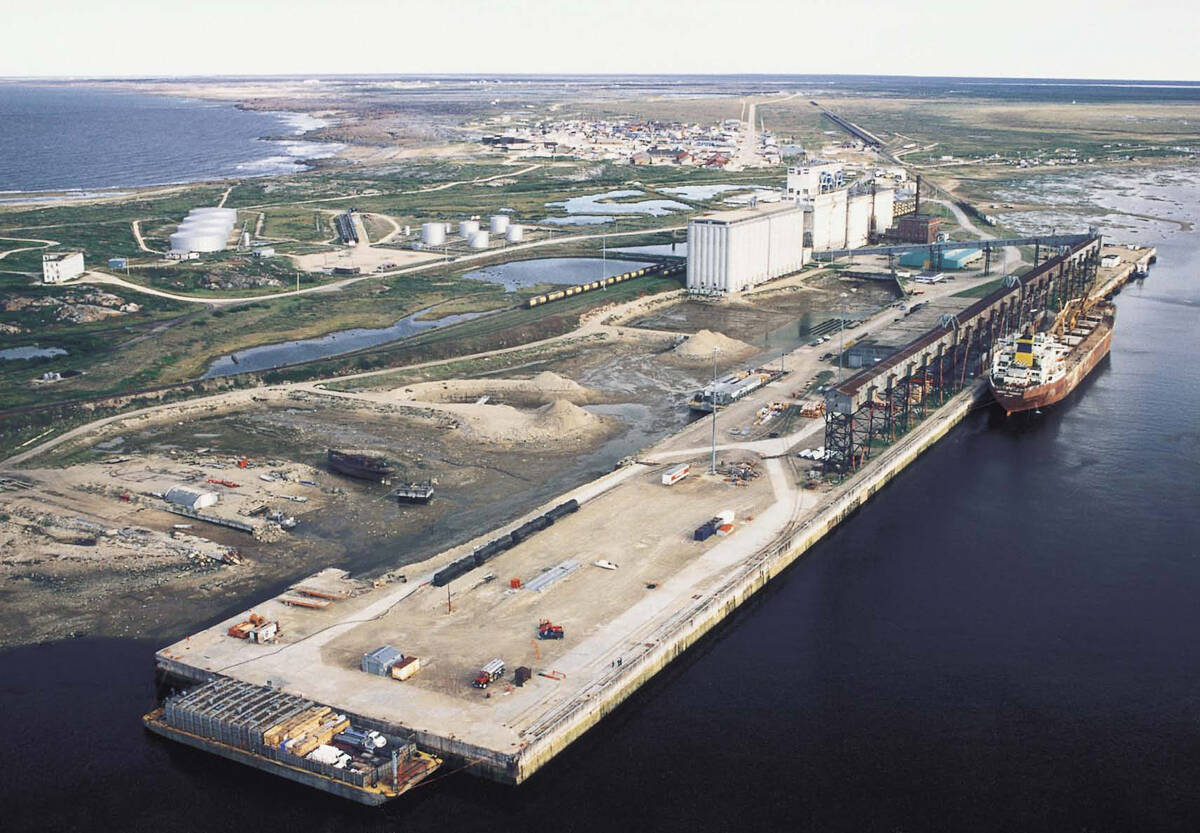A Saskatchewan farm is on a winning streak after being crowned canola king for the second year in a row.
Third-generation farmers Don, Lynden and Sheldon Krywy of Krywy Farms near Danbury, Sask., won Hudye Soil Services’ third annual King of Canola Challenge with yields of 78.19 bushels per acre on a quarter section of their 4,000 acre farm.
The win surpassed the brothers’ 2008 winning yield by more than 10 bu. an acre.
“This year it was twice the luck of the Irish,” Don Krywy said. “Everybody’s asking, ‘how’d you do it?’ ”
Read Also

Defence investments could benefit agriculture
A bump in Canada’s NATO spending commitments could lead to infrastructure investments that would benefit rural areas
Seven northeastern Saskatchewan producers took up the challenge in 2009, planting their contest entries on predetermined 80 acre fields. They were allowed to use any management strategy they desired.
The winners received a $5,000 travel voucher.
A Hudye Soil Services representative judged one acre of swath from each entry, measuring the plot, swath, amount of dockage and moisture to determine yield.
The field of rented land the Krywys chose for the contest wasn’t the same one they had used the previous year.
Krywy said the previous renters were organic farmers.
“The land when we took it over needed a lot of nutrients. It was pretty much dead,” he said.
Some of the land had been too wet for the previous renter to farm, and the Krywys were able to break it up with their big equipment. One advantage was the lack of chemical residues.
Krywy said an attempt to obtain high yields must start with the soil, and that means soil samples.
“We’re not shooting in the dark,” he said. “Get a soil test and pay attention to it.… If you want to make money, you have to spend money.”
He said micronutrients are also important.
“We got into them a few years back and I wouldn’t do without them. Micros are just like you taking one of those power drinks in the morning for your body. A plant is a living thing, too. Growing up in these harsh climates, it needs a bit of a lift.”
Seeding began May 23, which Krywy said was fortunate because they avoided spring frosts.
The brothers selected Invigor 8440 seed again this year. It was pretreated with a product called Action, designed to enhance root growth in cold soil. Seeding was at four pounds per acre using a 57-foot Flexicoil 500 air drill with on-row packing.
One hundred pounds per acre of anhydrous were applied in fall and spring. Total nitrogen was 110 lb., phosphate was 44, potash 36 and sulfur 25.
A shot of the broad-based micronutrient Golden Harvest from Stoller was applied June 13 along with Centurion, a grass weed herbicide from Bayer. The foliar fungicide Proline was applied July 13 and July 24.
The canola was left standing two weeks longer than normal because it was on the greener side.
“We cut it on the dead ripe side and it made a big difference by waiting,” said Krywy’s brother, Lynden.
An 8010 Case combined the swaths Nov. 10.
Braden Hudye of Hudye Soil Services in Norquay, Sask., said there are several reasons for the Krywys’ success.
“They’re running a more progressive micronutrient package throughout the growing season,” he said.
“They had a little bit more timely rainfall. They’re aggressively adapting herbicide, fungicide, insecticide programs and being proactive instead of reactive and really staying on top of that crop.”
Hudye said canola might cost most producers $6 to $7 per bu. to grow, but increasing the number of bushels grown and making a larger investment in the overall crop can drop the cost to $3.50 or $4.















